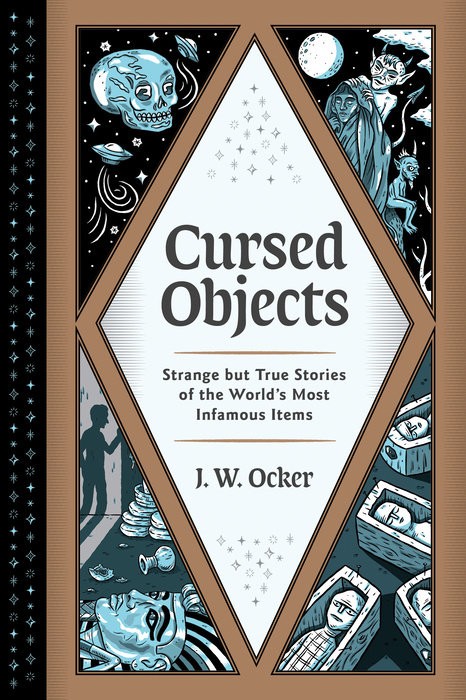Memphis-based fans of the strange and unusual have to have a healthy interest in curses. Flyer film editor Chris McCoy’s documentary about the beloved alternative music club Antenna begins with drummer Ross Johnson stating, plainly, that Memphis is cursed. Then there’s the allegedly haunted Ernestine & Hazel’s, the ghost girl of the Orpheum, and that giant-sized yellow fever mural at the Pink Palace that’s so spooky it looks like a Swedish death-metal album cover. Not to mention the crystal skull of the pyramid.
To refresh, a crystal skull was reported to have been installed in the Pyramid, and that bit of wild rumor was actually true. It turns out that the skull was installed under the direction of Isaac Tigrett, cofounder of the Hard Rock Cafe, New Age fan and disciple of guru Sri Baba, and son of Pyramid guiding light and patron John Tigrett. Isaac said the skull was intended to be part of a promotion called “The Egyptian Time Capsule.” Weird, right? Well, yes, but also, unexplainably, so very Memphis.

All this is a long way to say that when the kind folks at Quirk Books sent me a copy of Edgar Award-winning travel writer, novelist, and blogger J.W. Ocker’s new Cursed Objects, I was already primed to appreciate it.
Cursed Objects is broken into sections based on the location of the cursed object in question — in a museum, a private collection, or the world wide web (think chain emails). The chapters are titled things like “Lurking in Homes,” “Under Glass,” and “In the Graveyard”; and if that doesn’t get you ready for spooky season, what will?
“I hate to be the one to tell you this, but many seemingly innocuous objects will make your life suck,” Ocker writes in the book’s introduction. His tone throughout is one of the highlights — it’s what you might call “humorously journalistic.” Cursed Objects is well researched, but even the best-laid plans can fall apart with shoddy delivery. Luckily for the reader, that’s where the author shines. One gets the feeling that Ocker is sharing an inside joke — and marveling that people could be foolish enough to keep such a plainly cursed object in the home or workplace.

Ocker’s subjects range from the Hope Diamond to the Basano Vase and the Ring of Silvianus — a Roman artifact believed to have inspired J.R.R. Tolkien’s The Lord of the Rings. The entry about the Black Aggie statue in Druid Ridge Cemetery in Pikesville, Maryland, is especially chilling. “They say her eyes glow red at night and that if you look into them, you’ll go blind,” the author writes.
The extravagantly violent curses that grace the Björketoro Runestone, an Iron Age monolith in Sweden, are so vile they’re almost funny. The runestone is made even more interesting by the mystery surrounding it — no one knows quite what purpose it served or why it needed to be protected with such lavishly applied written curses. Was it a gravestone marking the grave of a proto-Viking? Or perhaps it was a cenotaph (a grave marker honoring someone whose remains are elsewhere), or a tribute to Odin. The only sure thing is that, superstitious or not, it probably isn’t worth the risk to mess with the thing.
The illustrations, rendered in a sickly sea green, tie the whole book together. They act as a kind of recurring visual motif, a complement to Ocker’s tone, that helps unite the disparate stories within Cursed Objects. The only question that remains is, who is courageous enough to brave the myriad scary (and true) stories within?